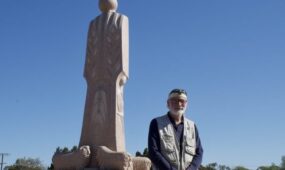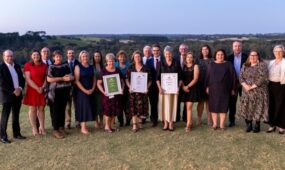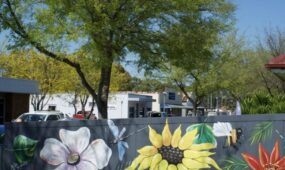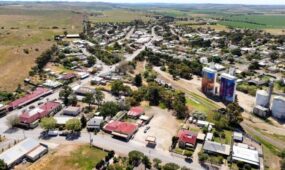KI oyster reef restoration plan to go global
Regional
Keeping it local has become a global blueprint for The Nature Conservancy after its success using Kangaroo Island businesses to help build a new reef near Nepean Bay.

Sign up to receive notifications about new stories in this category.
Thank you for subscribing to story notifications.
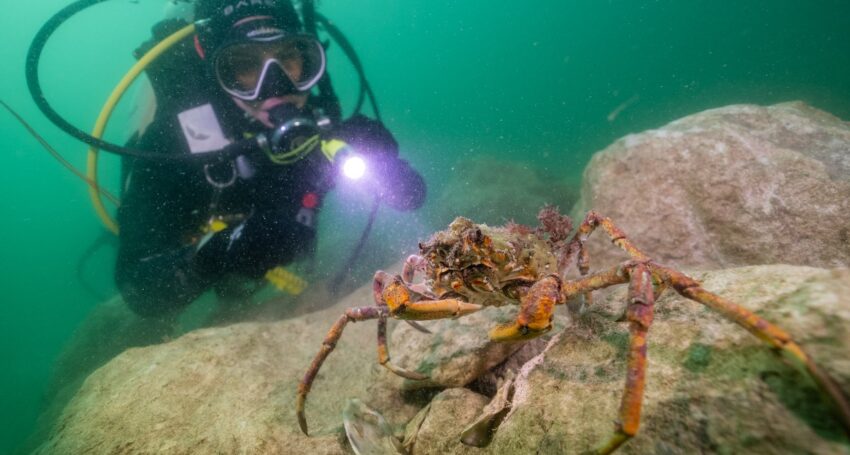
The Nature Conservancy’s Oceans Manager for South Australia Anita Nedosyko said a new method of oyster growing was trialled for the recently completed Kangaroo Island project, three kilometres offshore in the eastern cove of Nepean Bay.
“For the very first time in Australia, we trialled growing oysters at the oyster farm in American River,” Nedosyko said.
“We partnered with the local oyster farmer there, Kangaroo Island Shellfish.
“It was so successful that method was then replicated for a NSW reef project just last month, and now The Nature Conservancy is developing that method to be put into the global shellfish reef restoration guidelines, so that’s something that’s going to be then available for the nation.”
She said growing the seed oysters nearby was also less expensive, allowing them to complete the 3-hectare project on a budget of $1.75 million in three months.
“You’re putting money back into the local businesses on the island and the oysters have a better chance of success because they don’t have to travel out of the water for so long,” she said.
The Kangaroo Island shellfish reef restoration project is the fourth completed restoration in South Australia following reef builds in the Gulf of St Vincent, Glenelg and O’Sullivan Beach. It is one of two separate oyster reef projects on the island, the other being the Kangaroo Island Landscape Board’s construction of 20 small, native flat oyster shellfish reefs close to Kingscote and American River since 2018.
“We’ve got a lot of evidence now to show that these are a success, we create a lot of new fish onto the reefs and it provides homes for hundreds of marine species,” Nedosyko said.
Kangaroo Island is one of 13 flagship sites included in the Reef Builder program, a $20m initiative in partnership with the Federal Government that began in 2021 aiming to restore and build 60 reefs across Australia.
“If we achieve that, we’ll be the first nation in the world to recover a critically endangered marine ecosystem,” Nedosyko said.
Oyster reefs are the most threatened ecosystem on the planet with Australia’s flat oyster reefs suffering 99 per cent extinction since European settlement.
The Australian government invested in the program to support the economic recovery of communities impacted by bushfires and COVID-19.
“There were devastating impacts to the community. People lost their properties, houses, livelihoods; this is just one project of many that is just putting some hope back into the island and the community and is just one step to repairing nature,” Nedosyko said.
It is expected that the increase in marine life will also attract tourists around the restored areas.
According to The Nature Conservancy, 70 businesses have been boosted and 450 jobs have been created Australia-wide through the Reef Builder program.
The 28 reefs constructed for the Kangaroo Island restoration were built from locally sourced limestone boulders and populated with baby oysters grown on recycled oyster shells leftover from the shellfish industry.
Oysters are known for being able to filter up to 100 litres of water in a day, keeping waters cleaner. Reefs also dissipate heavy waves and protect shorelines from erosion. These factors encourage greater marine biodiversity and environmental protection.
Nedosyko said they want to improve the local ecosystem and have worked with marine experts and the local community to find suitable bare sandy substrate sites for the reefs.
There have already been promising signs of growth on the restored reefs.
“There are schools of silver bellies, all these little gobys, and there were some sandcrabs and spidercrabs. Also, quite excitingly, we’ve already seen after just four weeks of rock being in the water that there’s some oyster recruitment on the rocks,” Nedosyko said.
Jump to next article

